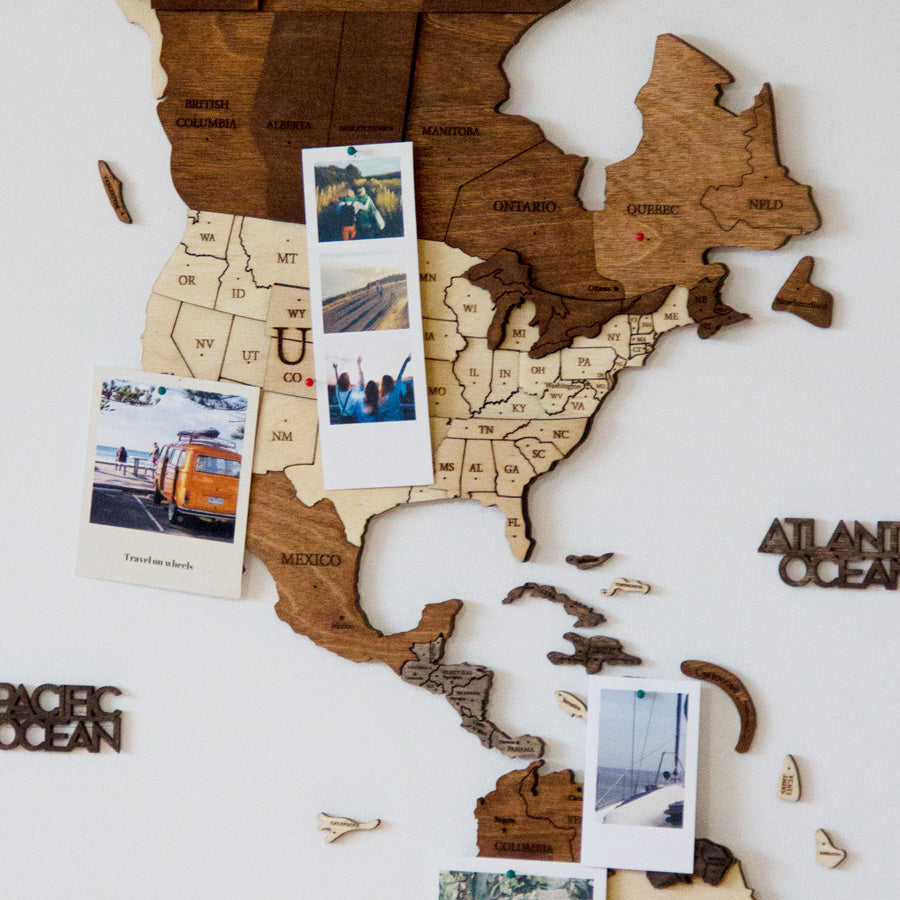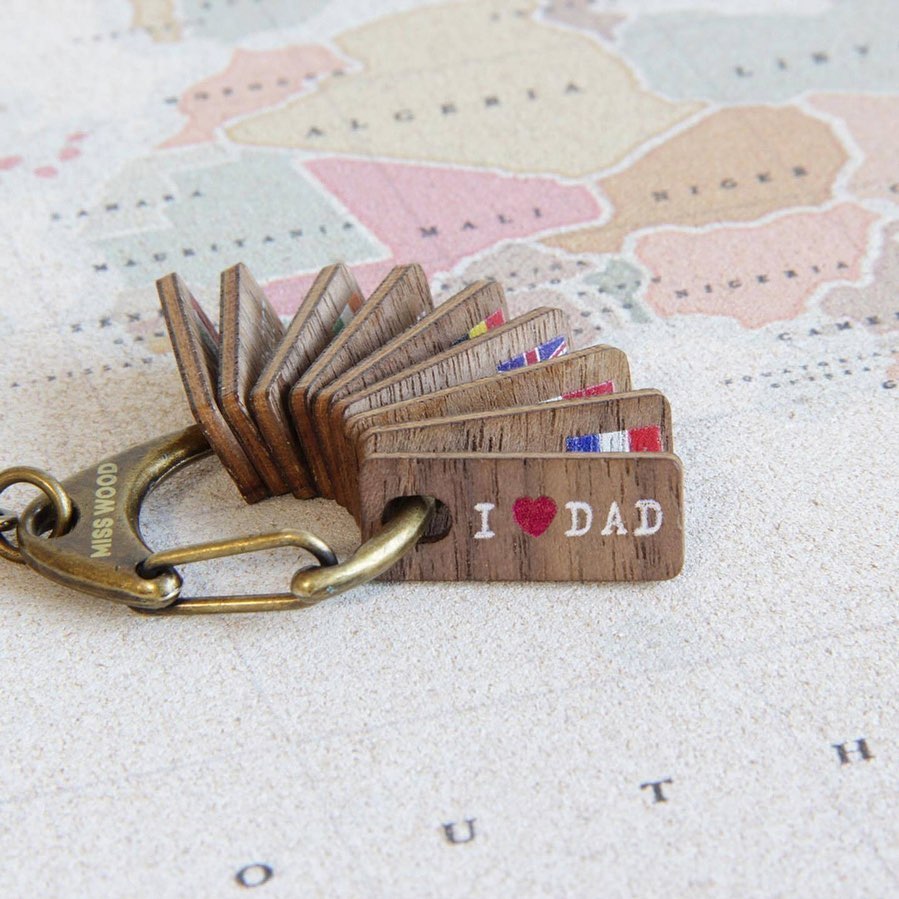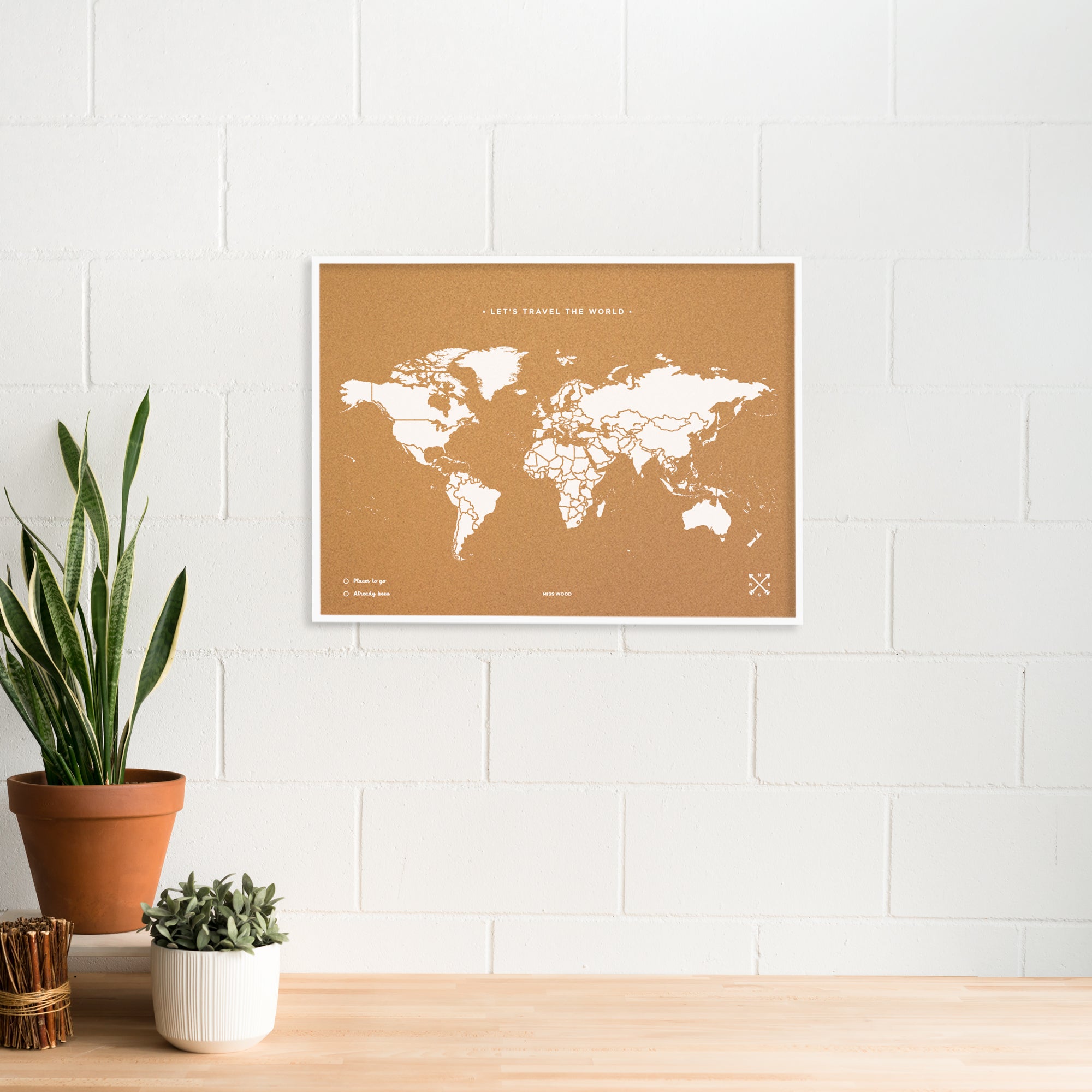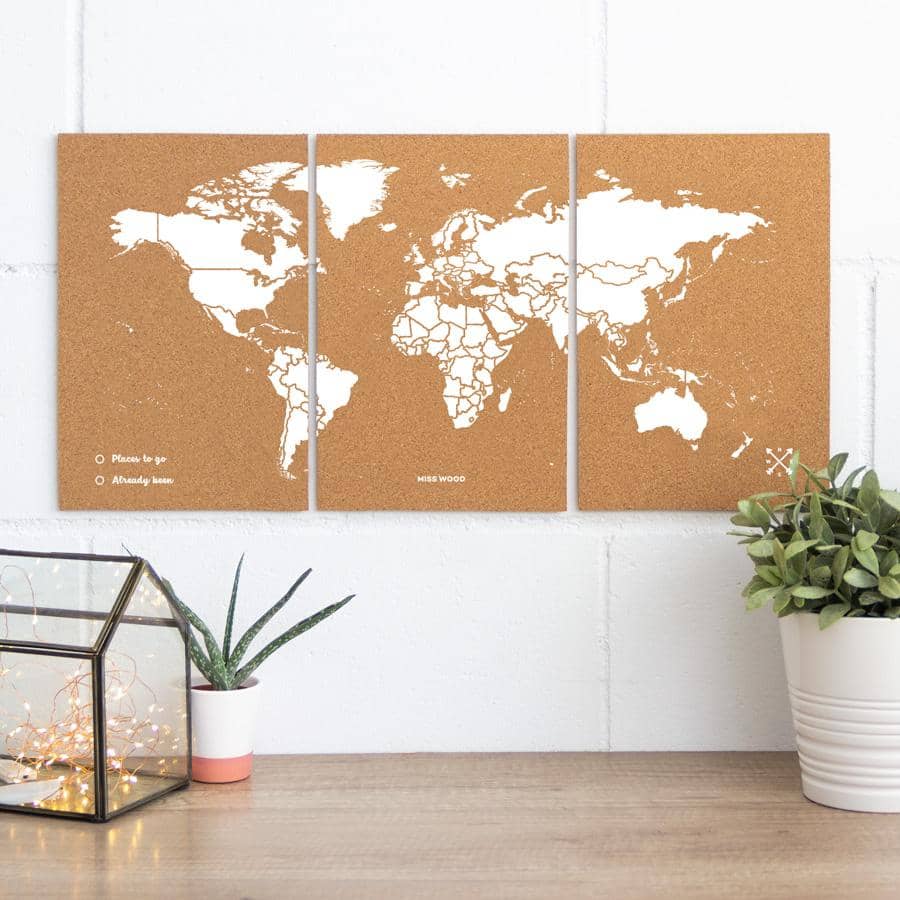Decalogue to travel with pets

What all pet owners want is to have them always by their side, even when they travel, but the reality is that most of the time, this is not possible.
Often because the company does not allow it, other times because the trip is too short and it would not be worth it or, much more straightforward, because our animal belongs to a species that can’t travel by public transport. For this reason, we decided to make a list of things to keep in mind when travelling, especially by plane, with our furry little friends.
1. Can you avoid sedate them? Please always consult your vet, but almost certainly he will also advise you to avoid sedation as much as possible. Although the sedatives for travel are very light, it is still a drug that presupposes some risks. Therefore, if your pet has a calm character and is not subject to stress, always according to your vet’s instructions, you might avoid to sedate him and try some lighter alternatives like the pheromone spray.
2. Almost all airlines admit dogs and cats in the cabin, assuming they weigh less than 8 kg including their soft-sided carrier.

3. Careful with other animals such as ferrets, rabbits, birds, exotic animals or even dogs classified as potentially dangerous breeds, as some airlines allow them with restrictions while others directly accept them neither in the hold nor the cargo compartment.
4. Always try to book direct flights, primarily to cause the least possible stress to your pet and, secondly, because there are companies that, despite the transfer within the same line, required to pass through the security screening for each flight, as a consequence, the interval between the two connections will be longer and so will be your travel.
5. If you travel by train, do not forget that for medium and long-distance journeys or high-speed service only allows animals up to 10 kg and always inside their carrier. Watch out; if any other passenger complains about the noise caused by the animal, the ticket inspector can force you to change the wagon or even the train, depending on what happened.
6. Boat trips, usually longer, can also be a bit more complicated. Boats often offer an area on the animal-enabled deck, with individual kennels. Depending on the duration of the trip and the type of boat you could go to find your dog, and even take him for a walk in the dedicated areas. I had to travel a lot myself on ships with dogs, and fortunately, they never forbade me seeing them or getting them out of the cage. In the case of cats, some companies even allow you to keep them in the cabin.

7. Assistance animals, such as guide dogs, are permitted to travel unrestrictedly by plane, train and boat, with different regulations depending on the company, such as the requirement to wear a muzzle. To date, I have not identified any company not allowing to travel with guide dogs, although there are restrictions for assistance dogs of other nature.
8. Regardless of whether your pet is nervous or not, remember that travelling is always a very stressful situation, even for humans, so if you can leave your furry darling with someone during those days and avoid him swallowing a bitter pill, it would be a lot better. It would be appropriate to have them along only and exclusively when is essential.
9. Prepare documents in advance. Both national and international travels require many specific procedures, such as vaccines or passports, just as if you were to go to one of those places where vaccinations and tests should generally be carried out at least six months before the trip.
10. Reward him! He lived a horrible experience, without knowing what was happening and you can not even explain it to him. Give him some of his favourite things, so that he knows that he has well behaved, that you will always be by his side and that this little fright was just an exception that will not happen too often.





























